What do bodybuilding and photography have in common? Marie draws parallels between the two to explore gender constructs and how they play out across the body
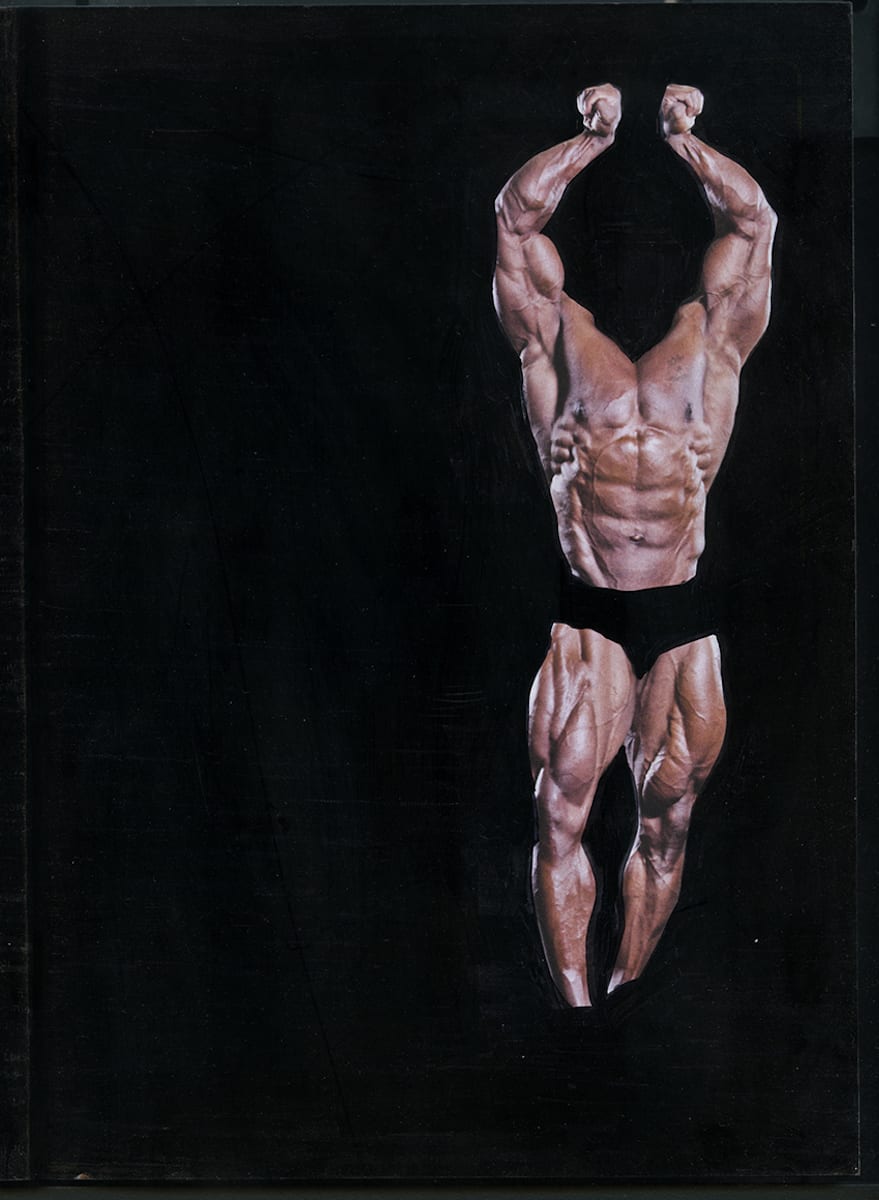

What do bodybuilding and photography have in common? Marie draws parallels between the two to explore gender constructs and how they play out across the body
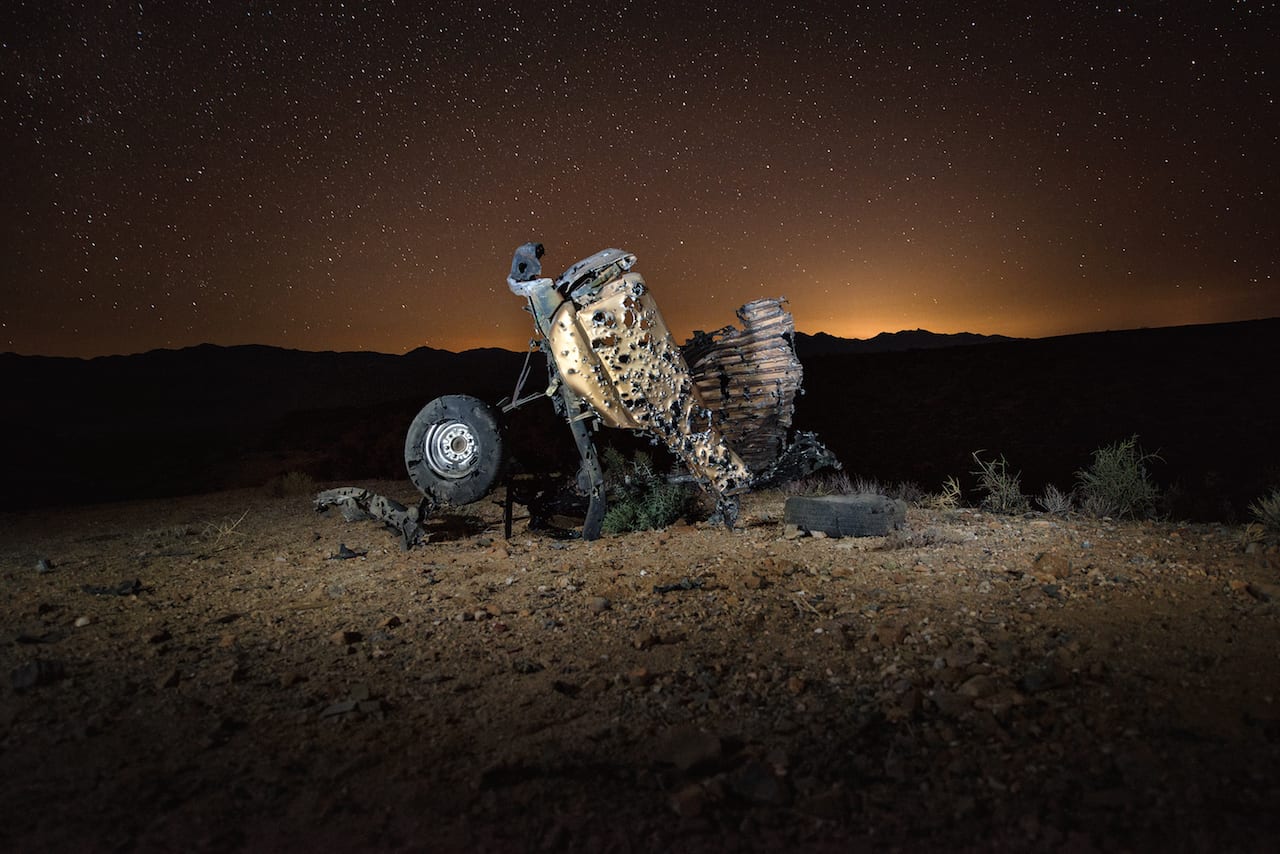
Jean-François Bouchard’s images from the largest machine-gun shooting range in the US merges documentary and conceptual art in an attempt to understand the chilling world of weapon enthusiasts
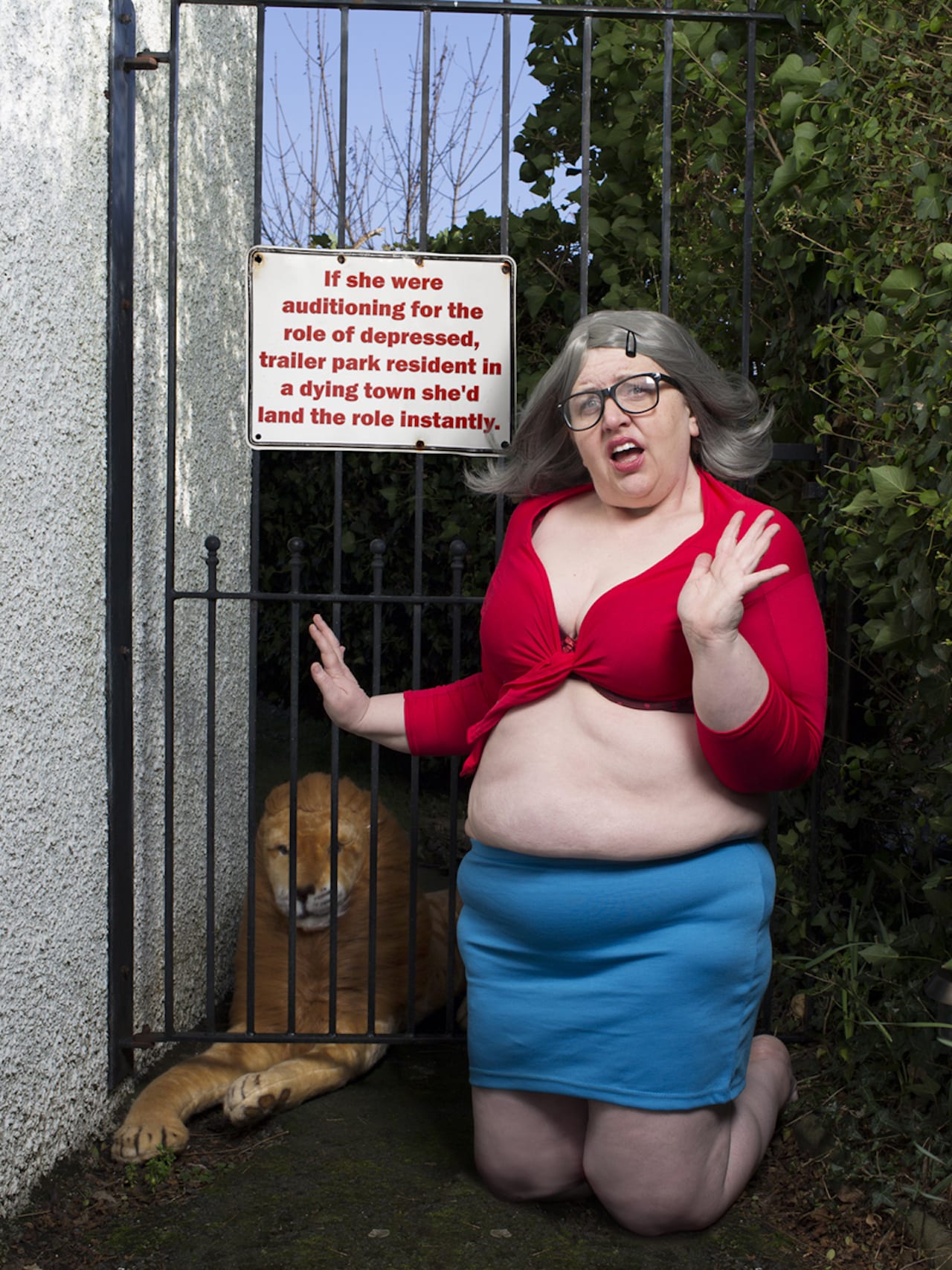
In 2010, US photographer Haley Morris-Cafiero set up a camera to take a self-portrait in Times Square, NYC. When she got the film developed, she noticed one of the images had captured a passerby, looking at her with what looked like a sneer. Believing it to be body-shaming, caught in the flesh, she set out to capture more, hoping to illustrate the social condemnation that polices body size in America (and beyond). Her resulting book, The Watchers, was published in 2015 to acclaim, and the images went on to be widely exhibited, and shown online.
As soon as the images went public, however, Morris-Cafiero encountered another wave of social control – negative images posted online or emailed to her, with vicious comments on her body and what was apparently read as her audacity in highlighting peoples’ responses to it. “The major problem is she’s disgusting,” read one such reaction. “Normal people are never going to want to fuck you, regardless of how much you complain,” read another.
Again, rather than being hurt, Morris-Cafiero was amused – and inspired. Immediately deciding she’d use the comments to make a project, she experimented for two years with her response.
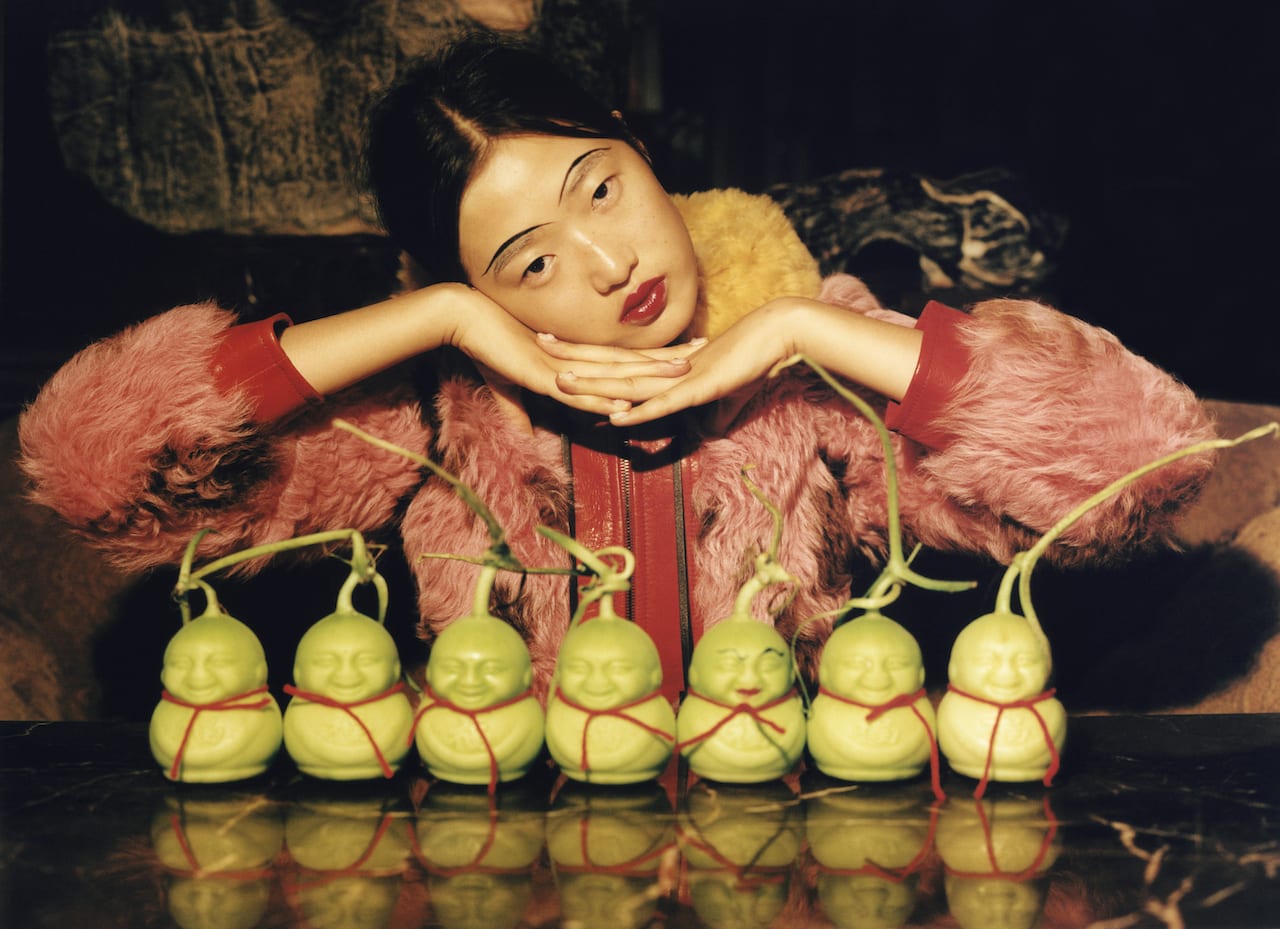
Hanna Moon was born in South Korea, Joyce Ng “spent her youth in the multitude of sprawling malls throughout the city of formerly-colonised Hong Kong”; both are now based in London, where they’re fast making their mark in fashion photography. They’ve joined forces for an exhibition at London’s Somerset House titled Hanna Moon & Joyce Ng: English as a Second Language, which explores their take on Western conceptions of beauty.
The exhibition includes new work commissioned by Somerset House as well as images from the photographers’ archives: Moon opted to shoot two of her favourite models – Heejin, from South Korea, and Moffy, from London, in Somerset House’s handsome Neoclassical buildings; Ng, who prefers to street-cast, chose to make images with people who work in, or were visiting, Somerset House. Also shot at Somerset House, Ng’s images were inspired by the 16th century Chinese novel Journey to the West.
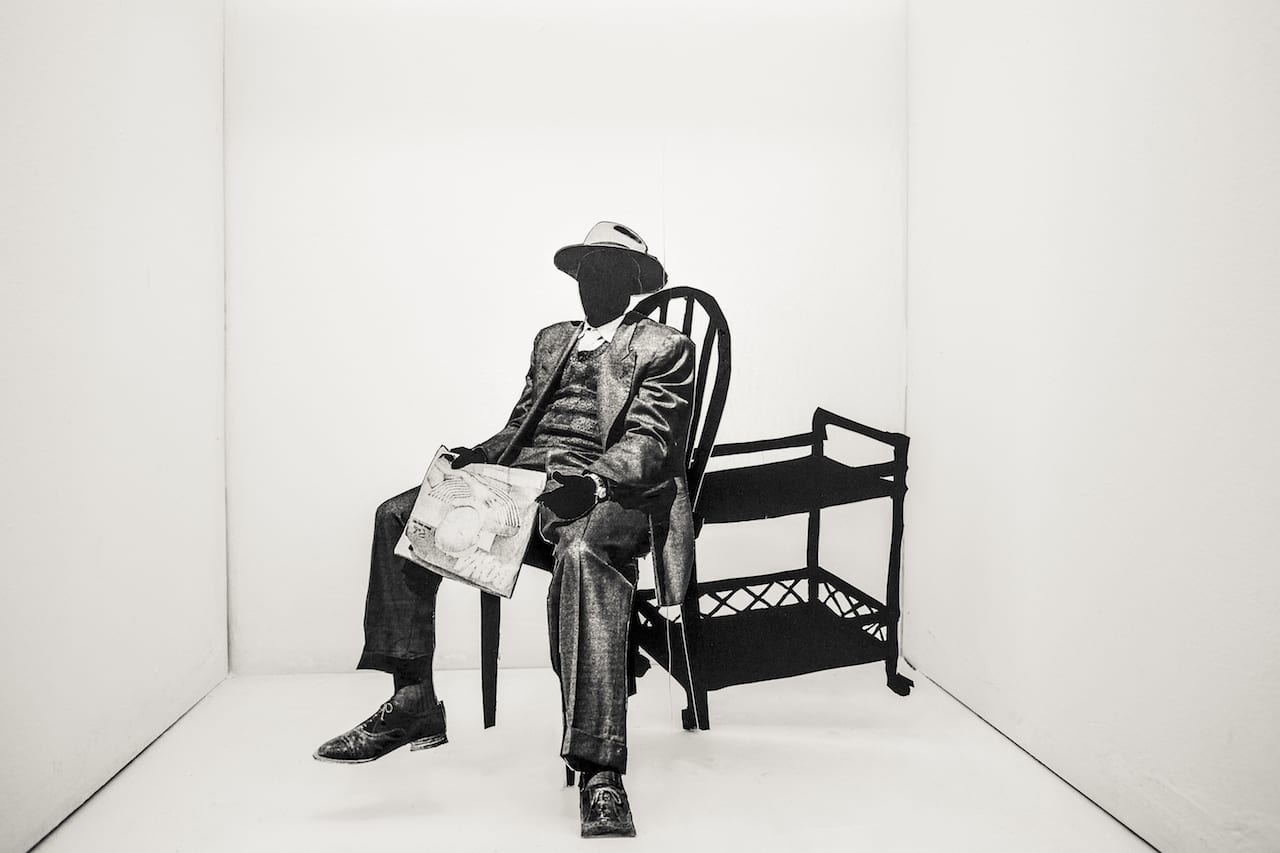
2019 marks a quarter of a century since Val Williams’ curated her seminal exhibition, Who’s looking at the family? at the Barbican in London. In photography, a lot has changed over 25 years, including the introduction of new technologies that have reshaped the way in which we make and consume images, and the changing definitions of what constitutes a photographer.
“On the one hand I thought it might be interesting to speculatively chart that development, but also to rethink notions of the family at the same time,” says Tim Clark, editor of 1000 words magazine and curator of this year’s Photo50 exhibition at London Art Fair. “The idea seemed to chime with a lot of people. I think that’s the key point about family, it’s a great unifying subject. Everyone can relate to it.”
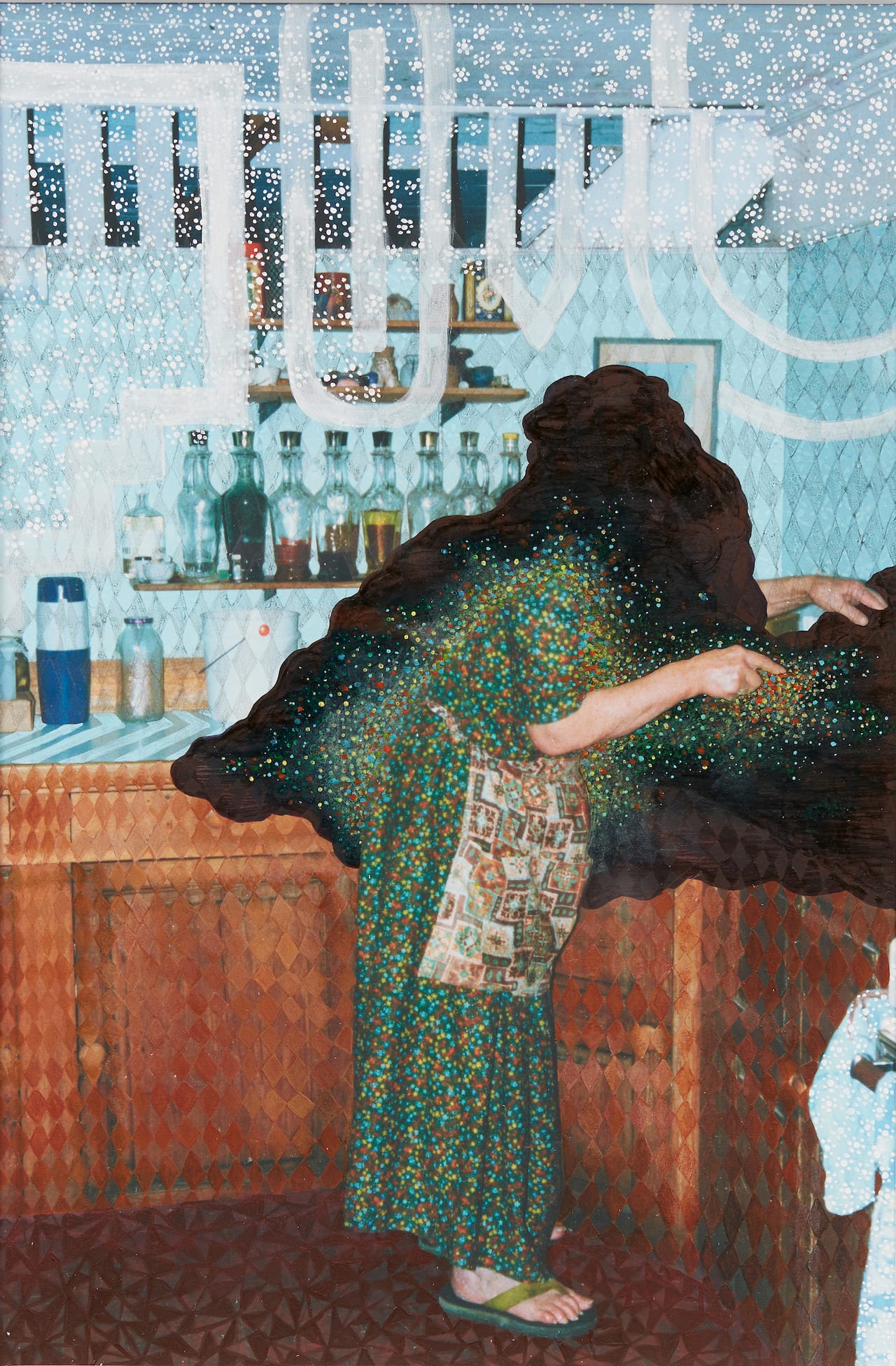
Think about conspiracy theories and the initial topics that come to mind often occupy a realm that’s beyond an everyday belief system – stories such as the Loch Ness Monster, Bigfoot or similar tales that are better contextualised as ‘urban legends’. While those stories might not have much truth to offer, there are many other theories within the category that, although fantastical, contain far more fact than fiction. These include the secretive workings of those in power which lead to a mutual feeling of suspicion between the authorities, government and citizens.
What is arguably more interesting than the concepts themselves, however, is the way that some individuals compile their own investigative research on suspicious topics, creating accessible and expressive visuals soaked in data, philosophy, and their take on the truth. From 18 September to 06 January, The Met Breuer in New York will exhibit the expansive show Everything Is Connected: Art and Conspiracy, featuring 70 works by 30 artists who represent an alternative to postwar and contemporary art from 1969 to 2016. The media presented in the exhibition includes painting, sculpture, video, installation art and, of course, photography.
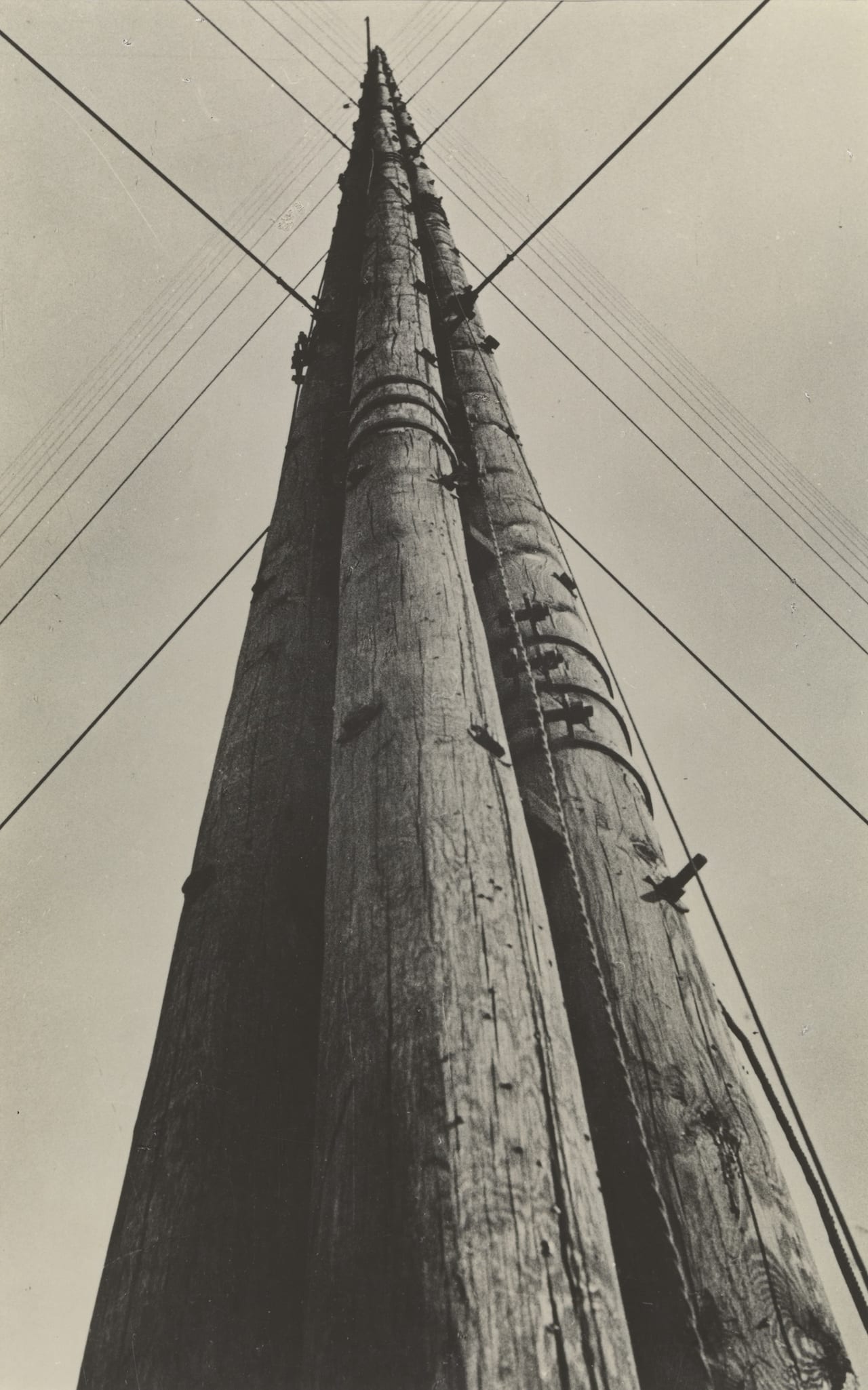
Tate Modern’s show Shape of Light: 100 Years of Photography and Abstract Art includes over 300 works by more than 100 artists, making it the first show of this scale to trace abstract art and photography’s parallel development. On show from 2 May to 15 October, the exhibition spans from early experiments of the 1900s to digital innovations of the present day, examining how photographers through the years have responded to the emerging field of abstract art. It places pioneering work such as Alvin Langdon Coburn’s Vortographs (1917) and Imogen Cunningham’s Triangles (1928) alongside iconic paintings and sculptures by the likes of George Braque and Jackson Pollock.
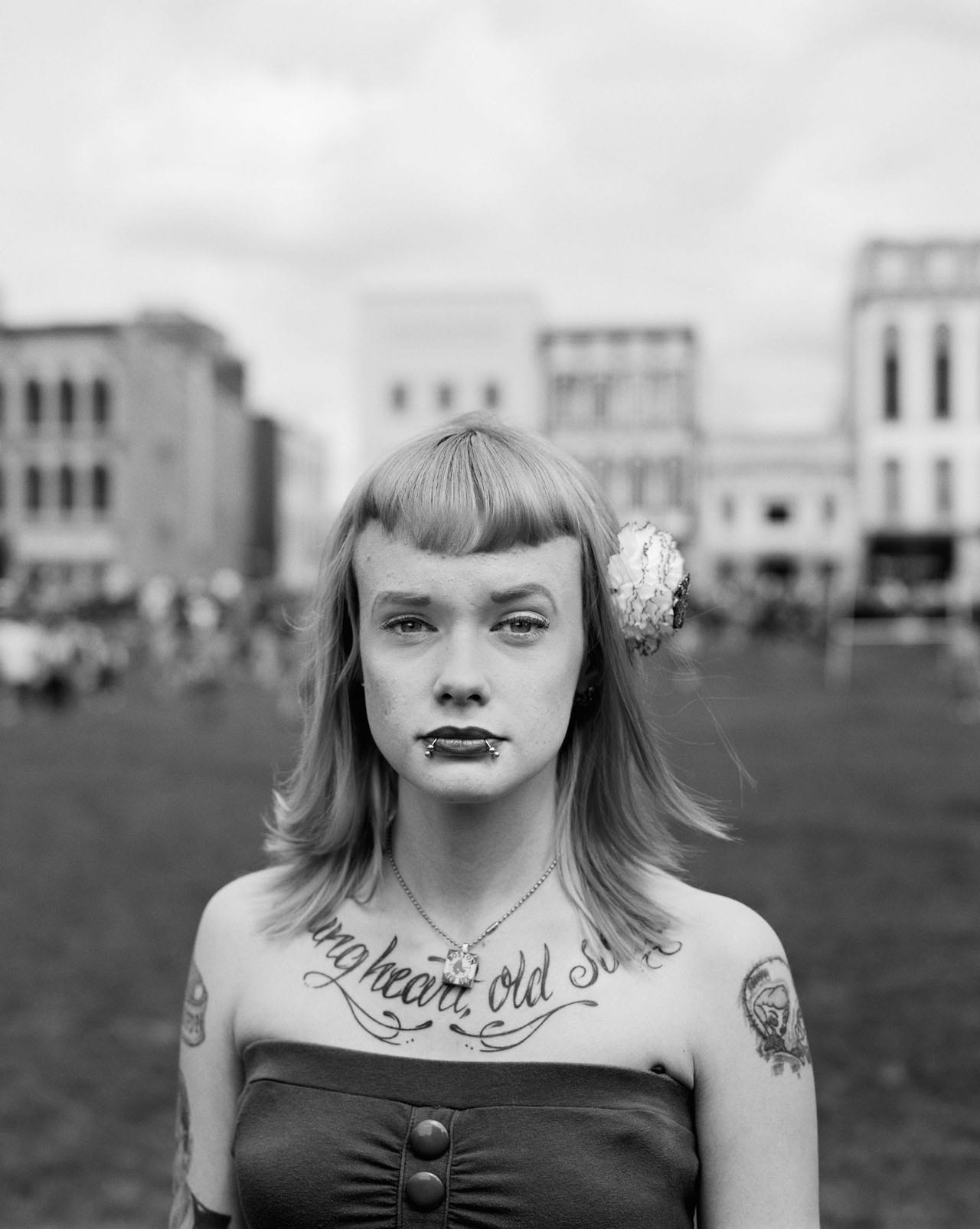
Vanessa Winship’s biggest UK show to date, the first UK retrospective of Dorothea Lange, and a huge group exhibition including work by photographers such as Mary Ellen Mark, Dayanita Singh, Alec Soth, Chris Steele-Perkins, Daido Moriyama, Diane Arbus, Pieter Hugo, Bruce Davidson, and Boris Mikhailov – they’re all coming up this year at London’s Barbican Centre, in a season titled The Art of Change.
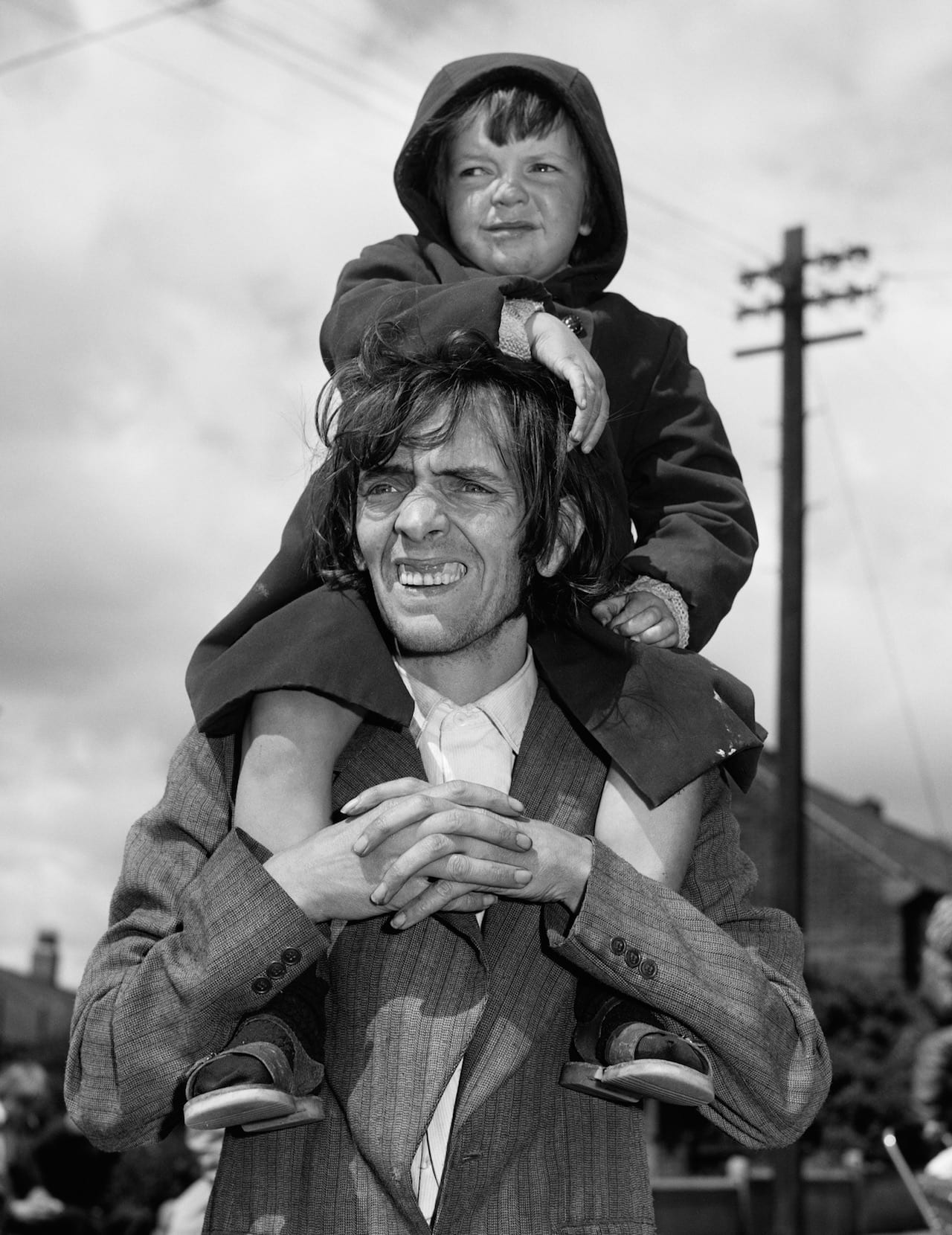
“The working class get it in the neck basically, they’re the bottom of the pile,” says Chris Killip. “I wanted to record people’s lives because I valued them. I wanted them to be remembered. If you take a photograph of someone they are immortalised, they’re there forever. For me that was important, that you’re acknowledging people’s lives, and also contextualising people’s lives,” says key British documentary photographer, Chris Killip